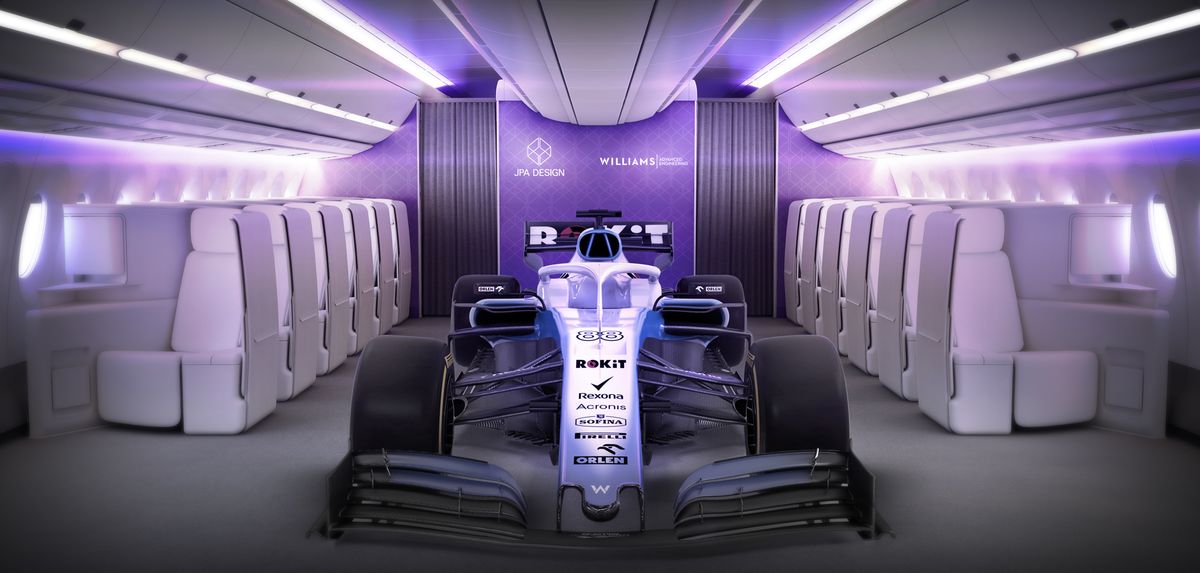Airbus, British Airways partner on new F1-inspired business class seat
Advanced Formula One technology is making its way into the business class cabins.

At first glance, the cramped and noisy cockpit of a Formula One racer and the cosy cocoon of a business class seat would appear to have little in common, except perhaps speed – where, ironically, that business class seat in flight can be travelling three times as fast as a record-breaking F1 run down the straight.
But the two share a dash of common DNA such as the use of carbon-fibre composites, and that trend looks set to continue under a partnership between JPA Design and Williams Advanced Engineering, part of the Williams F1 Group.
The two cutting-edge firms are working together to evolve F1 materials into the aircraft cabin, with the aim of delivering what JPA describes as "a step-change in cabin layout, passenger comfort (and) fuel-saving... through the application of new interior design and lightweight materials."
It’s an effort backed by Airbus and British Airways, which have joined a consortium to develop new lightweight aircraft seating for business class and premium economy that will be ready to fly by the early 2020’s.
The plan is to evolve F1 materials into the aircraft cabin, with the aim of delivering what JPA Design describes as "a step-change in cabin layout, passenger comfort (and) fuel-saving... through the application of new interior design and lightweight materials.”

JPA's most recent effort for Singapore Airlines – the second-generation Airbus A380 business class seat (below already wrapped in a light but strong composite-fibre shell.
JPA Design is already showcasing a composite seat structure shaped by proprietary materials processes and expertise by Williams. "In spite of all the brilliant innovations that we have seen introduced onboard commercial aircraft over the last 20 years,” suggests James Park, Founder and Principal of JPA Design, “it has nonetheless taken a remarkably long time for the acceptance of new materials and new engineering methodologies to be adopted in the aircraft interiors industry.”

The consortium aims to further evolve this technology to develop new lightweight seats in an effort to slash fuel bills and carbon emissions, with the potential to extend aircraft range as airlines contemplate swapping stop-overs for direct routes.
Composite-based design could also mean the seats would also save space – in turn making more room available to passengers in critical areas such as legroom and below-seat stowage – as well as enable airlines to indulge in “more bespoke creations” as a point of difference from their competitors.



